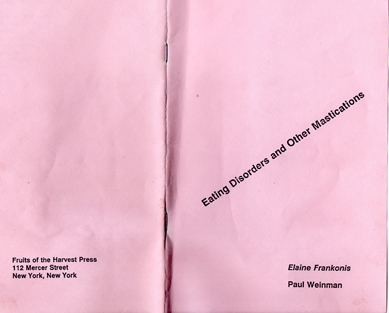My thoughts on the challenges of aging bubble up after having read two pieces on the subject: the book Turning: The Magic and Mystery of More Days, written by a woman in her early 60s, and an article in The New Yorker, “Why We Can’t Tell the Truth About Aging”.
The book Turnings is a well-written conversation about how to prepare to enjoy getting older. It’s a great book to use as a stimulus for discussion, since it offers engaging exercises to examine what aging might have to offer you. But it is written by someone who has not yet experienced the realities of being truly “old”.
The New Yorker article, however, confronts the realities of aging with disturbing but necessary forthrightness.
There is, of course, a chance that you may be happier at eighty than you were at twenty or forty, but you’re going to feel much worse. I know this because two recent books provide a sobering look at what happens to the human body as the years pile up. Elizabeth Blackburn and Elissa Epel’s “The Telomere Effect: Living Younger, Healthier, Longer” and Sue Armstrong’s “Borrowed Time: The Science of How and Why We Age” describe what is essentially a messy business.
The so-called epigenetic clock shows our DNA getting gummed up, age-related mitochondrial mutations reducing the cells’ ability to generate energy, and our immune system slowly growing less efficient. Bones weaken, eyes strain, hearts flag. Bladders empty too often, bowels not often enough, and toxic proteins build up in the brain to form the plaque and the spaghetti-like tangles that are associated with Alzheimer’s disease. Not surprisingly, sixty-eight per cent of Medicare beneficiaries today have multiple chronic conditions. Not a lot of grace, force, or fascination in that.
A contented old age probably depends on what we were like before we became old. Vain, self-centered people will likely find aging less tolerable than those who seek meaning in life by helping others. And those fortunate enough to have lived a full and productive life may exit without undue regret. But if you’re someone who—oh, for the sake of argument—is unpleasantly surprised that people in their forties or fifties give you a seat on the bus, or that your doctors are forty years younger than you are, you just might resent time’s insistent drumbeat. Sure, there’s life in the old boy yet, but certain restrictions apply. The body—tired, aching, shrinking—now quite often embarrasses us. Many older men have to pee right after they pee, and many older women pee whenever they sneeze. Pipher and company might simply say “Gesundheit” and urge us on. Life, they insist, doesn’t necessarily get worse after seventy or eighty. But it does, you know.
When Socrates declared that philosophy is the practice of dying, he was saying that thought itself is shaped by mortality, and it’s because our existence is limited that we’re able to think past those limits. Time has us in its grip, and so we devise stories of an afterlife in which we exist unshackled by days and years and the decay they represent. But where does that get us, beyond the vague suspicion that immortality—at least in the shape of the vengeful Yahweh or the spiteful Greek and Roman gods—is no guarantee of wisdom? Then again, if you’re the sort of person who sees the glass as one-eighth full rather than seven-eighths empty, you might not worry about such matters. Instead, you’ll greet each new day with gratitude, despite coughing up phlegm and tossing down a dozen pills.
The one way to prepare for the challenges of being old is to develop a sense of humor that can help take the edge off stark reality. Judith Viorst’s book Unexpectedly Eighty seems to do just that. I haven’t read it yet, but I plan to. As I prepare for another gastroenterology test, I could use a good laugh.








